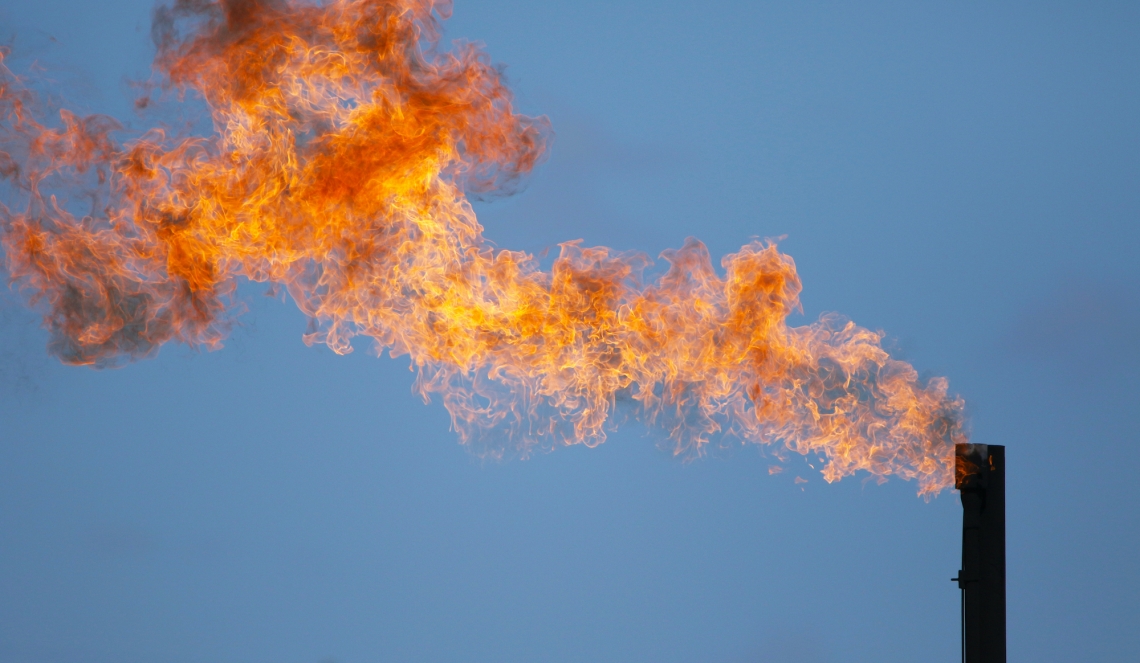News Highlight
The Methane Alert and Response System (MARS) was launched at the 27th Conference of Parties (COP27).
Key Takeaway
- The 27th Conference of Parties (COP27) to the United Nations Framework Convention on Climate Change was held in Sharm El-Sheikh, Egypt.
The Methane Alert and Response System
- About
- It is a satellite-based system that enables governments to detect methane emissions and take measures to address them.
- Launched
- It was launched at the 27th Conference of Parties (COP27) to the United Nations Framework Convention on Climate Change in Sharm El-Sheikh, Egypt.
- Data-to-action platform
- The data-to-action platform was set up as part of the UN Environment Programme’s (UNEP) International Methane Emissions Observatory (IMEO) strategy to get policy-relevant data into the right hands for emissions mitigation.
- Features
- This will be the first publicly available global system that transparently connects methane detection with the notification processes.
- Objectives
- MARS will integrate data from many existing and future satellites that can detect methane emission events anywhere in the world and send notifications to the relevant stakeholders to act on it.
- Monitor
- UNEP will monitor the event location and make the data and analysis available to the public between 45 and 75 days after detection.
Methane and its role in climate change
- About
- Methane is a short-lived climate pollutant like hydrofluorocarbons and stays in the Earth’s atmosphere for a few years, unlike carbon dioxide.
- Methane is a colourless and odourless gas that occurs abundantly in nature and as a product of certain human activities.
- Significance
- Methane is the second-most abundant greenhouse gas in the atmosphere after carbon dioxide.
- Methane is an 80 times more potent greenhouse gas than carbon dioxide at trapping atmospheric heat in the 20 years following its release.
- Natural sources
- Decay of plant material in wetlands, termites, and oceans, digestion of food by cattle or the seepage of gas from underground deposits.
- Anthropogenic sources
- Landfills, oil and natural gas systems, agricultural activities, coal mining, stationary and mobile combustion, wastewater treatment, and industrial processes.
- India and Methane emission (as per Global Methane tracker)
- Agriculture – 61%,
- Energy sector – 16.4%,
- Waste – 19.8%
The Initiatives to Cut Methane Emission
- Global Methane Initiative (GMI)
- It is an international public-private partnership focused on reducing barriers to recovery and using methane as a clean energy source.
- India is a partner country.
- Global Methane Pledge
- At the Glasgow climate conference (UNFCCC COP 26) in 2021, nearly 100 countries came together in a voluntary pledge, referred to as the Global Methane Pledge, to cut methane emissions by at least 30% by 2030 from 2020 levels.
- ‘Harit Dhara’
- Indian Council of Agricultural Research (ICAR) has developed an anti-methanogenic feed supplement, ‘Harit Dhara’, which can cut down cattle methane emissions by 17-20% and result in higher milk production.
- India Greenhouse Gas Program
- The India GHG Program led by the World Resources Institute (WRI) India, Confederation of Indian Industry (CII) and The Energy and Resources Institute (TERI) is an industry-led voluntary framework to measure and manage greenhouse gas emissions.
Content Source: Indian Express



